2024 Redistricting
The events that were occurring in Anniston during the Civil Rights Movement were not unlike those happening in other cities and towns across the South. As tensions grew between blacks and whites, community leaders were challenged to quell the voices of anger and aggression. It was at Seventeenth Street Missionary Baptist Church where African American Annistonians gathered in “mass meetings” to hear the message of non-violence extolled by the Reverends D.C. Washington (served 1937-1960) and Nimrod Q. Reynolds (served 1960-2008).
A host of Civil Rights leaders including Rosa Parks, Thurgood Marshall, Fred Shuttlesworth, Benjamin Mays, Walter White, Dr. Martin Luther King, Jr., and Dr. Martin Luther King, Sr. also visited the Church. The Church no longer resembles the building that would have been seen by Annistonians in the 1960s. A renovation in 1987 created the structure you see today.
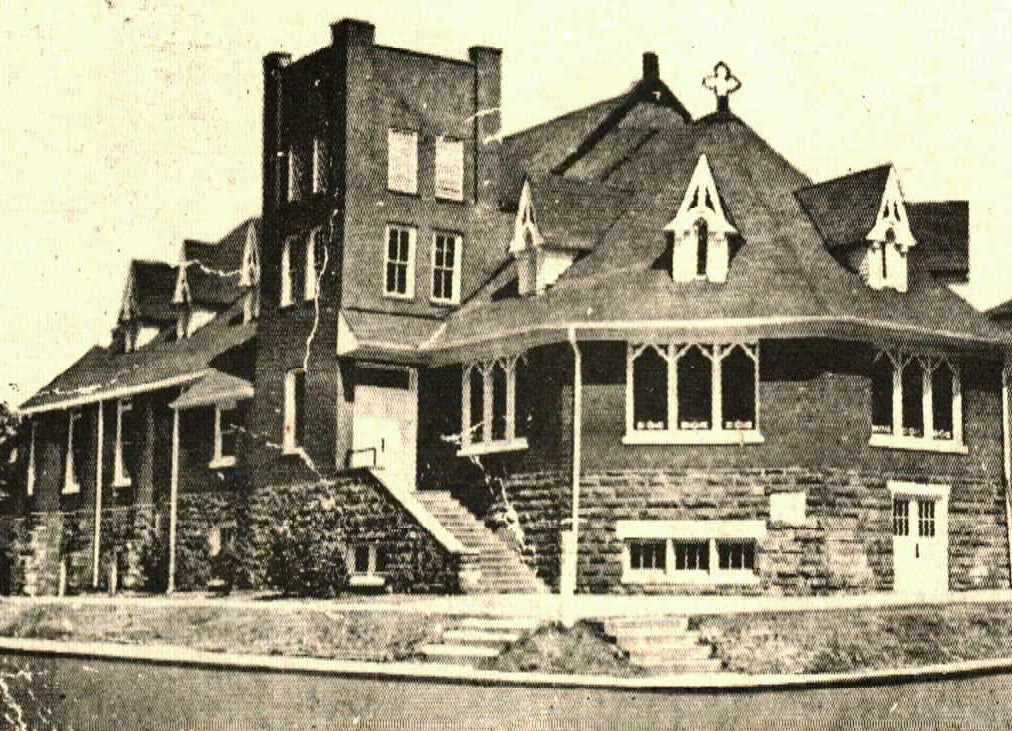
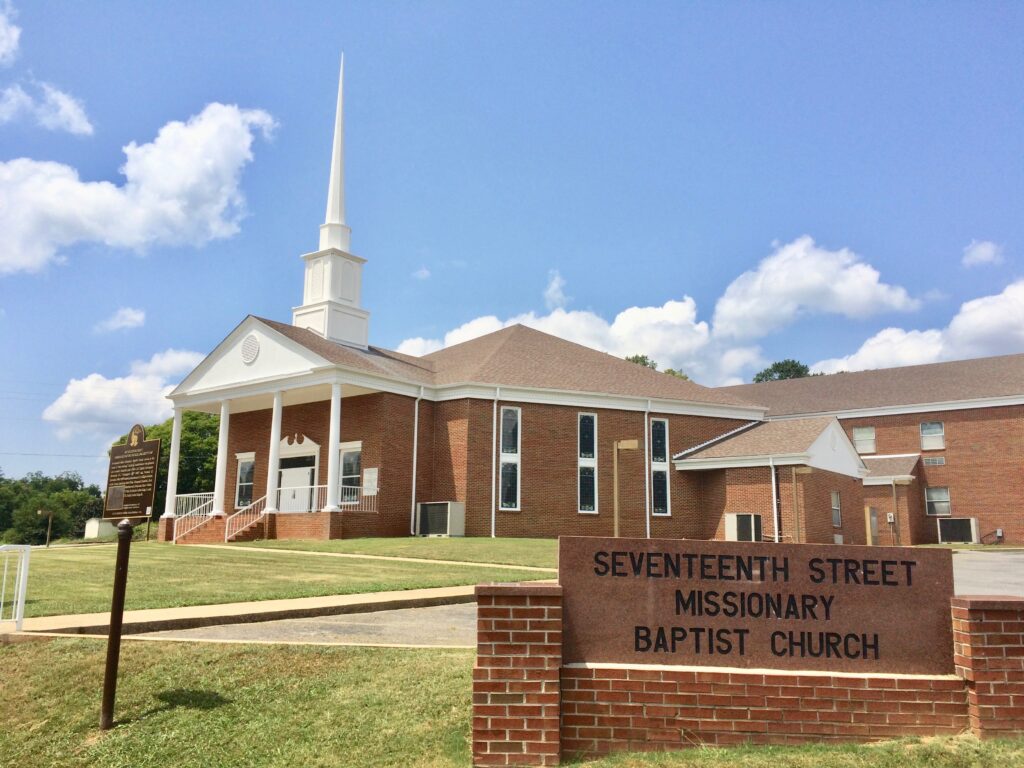
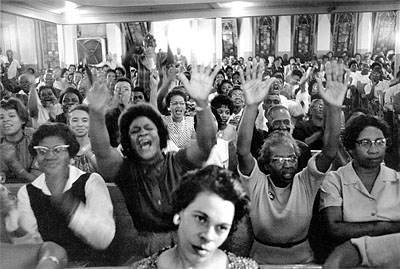
Marches, lunch counter sit-ins, Freedom Rides, pickets and boycotts, and mass meetings were non-violent events that strengthened the resolve of African Americans to continue their quest for equality during the American Civil Rights movement. During mass meetings, African Americans came together and sang songs of hope, prayed, listened to leaders of the movement and shared their hopes and dreams. Freedom Choirs would sing freedom songs. Children witnessed first hand the struggle their parents and grandparents were undertaking.
Rev. Dr. Nimrod Q. Reynolds had a major impact on the history of civil rights in Anniston. On May 16, 2013, Alabama State Representative Terri Sewell made the following remarks, now archived in the congressional records, honoring the life of Rev. Dr. Reynolds:
“Rev. Reynolds was born on April 30, 1931 in Chambers County, Alabama. In 1949, he graduated from Chambers County High School and went on to obtain a degree from Clark College in Atlanta, Georgia. He later received a Masters Degree from the Interdenominational Theological Seminary. But while Rev. Reynolds understood the power of education, he is most remembered for his lifelong commitment to ministry.
At just 17 years old. Rev. Reynolds preached his first sermon at Macedonia Baptist Church in Five Points, Alabama. He went on to Pastor First Baptist Church in Union Springs Alabama before becoming Pastor of Seventeenth Street Missionary Baptist Church in Anniston, Alabama. Rev. Reynolds would remain at Seventeenth Street for over 50 years.
In addition to serving as pastor of Seventeenth Street, Rev. Reynolds founded the Community Action Agency, an organization that was dedicated to addressing poverty in the local community. He came to Anniston in 1960 with a message that stressed the immediate importance of equality. In 1964, he hosted a mass meeting with Dr. Martin Luther King, Jr. and in 1967, his two children fully integrated Tenth St. Elementary. In 1972, he sued the Anniston City School Board and forced full integration of the school system. In 1976, he was elected the first black president of the Anniston City Board of Education. Through his historic efforts to integrate Anniston, Rev. Reynolds became a transformative figure. He would further solidify his place in history on September 15, 1963 when he walked up the steps of Anniston’s Carnegie Library. His intent was simple yet complex during these turbulent times in southern states. Rev. Reynolds wanted simply to check out a book.
Instead, he along with others were met with an angry mob that savagely beat Reynolds. The beating resulted in injuries that left him bedridden for days. However, because of his heroic efforts other clergymen returned to the library the day after his vicious attack and were successful in integrating the library. Ironically his beating occurred on the same day of the bombing of 16th Street Baptist Church in Birmingham, Alabama.
Anniston City leaders mapped out plans to slowly integrate the city to prevent violent demonstrations similar to those that had occurred in neighboring areas. But for Rev. Reynolds, the pace was unacceptable. As a result, in 1964 he galvanized yet another movement. Under his leadership, local ministers placed a one page ad in the local paper that read “We want our freedom and we want it now.” The ad would be recorded in history books as the “Anniston Manifesto.”
He went on to serve in countless leadership roles at various organizations aimed at meeting the needs of those in poverty and advancing the cause of blacks in Alabama and across this Nation. Today we honor him for his role in the story of America. We also remember him as a catalyst for change. As the first black woman elected to congress from Alabama I am humbled to stand before the nation and share his story of strength and courage.” (1)
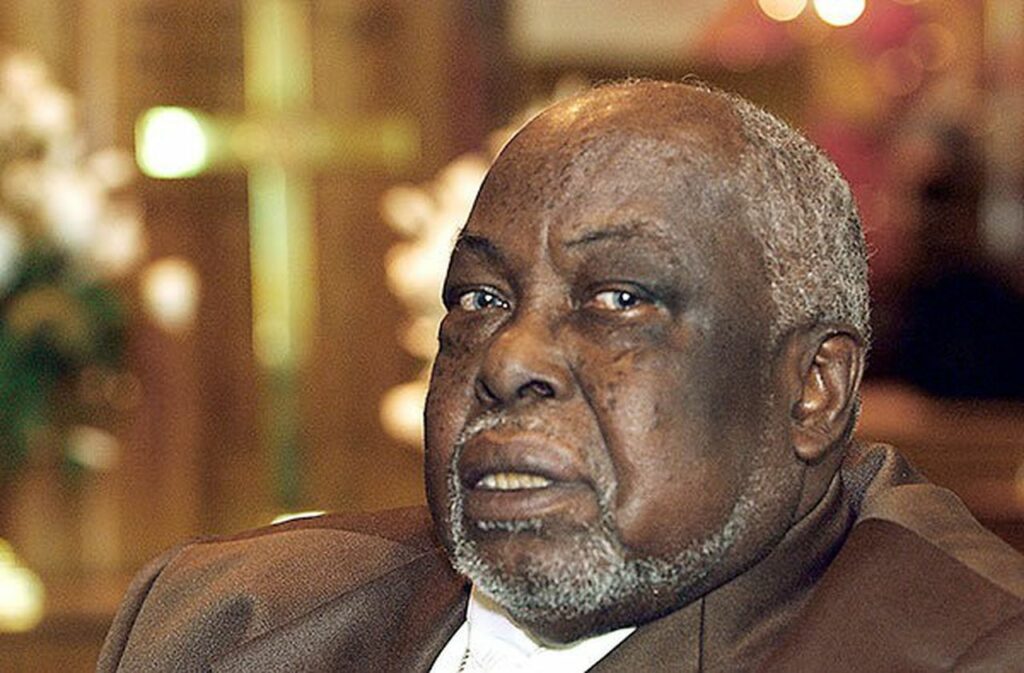
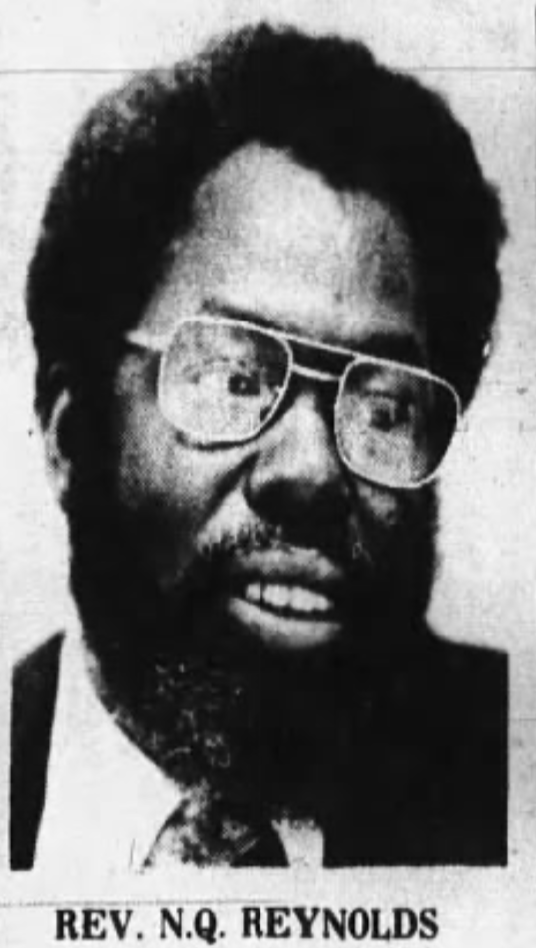
Seventeenth Street Missionary Baptist Church served as the home of “mass meetings” for black Annistonians who planned and executed Anniston’s part of the Civil Rights Movement. Reverends D.C. Washington (1937-1960) and Nimrod Q. Reynolds (1960-2008) hosted a succession of Civil Rights leaders at the Church including Rosa Parks, Thurgood Marshall, Fred Shuttlesworth, Benjamin Mays, Walter White, Dr. Martin Luther King, Jr., and Dr. Martin Luther King, Sr.
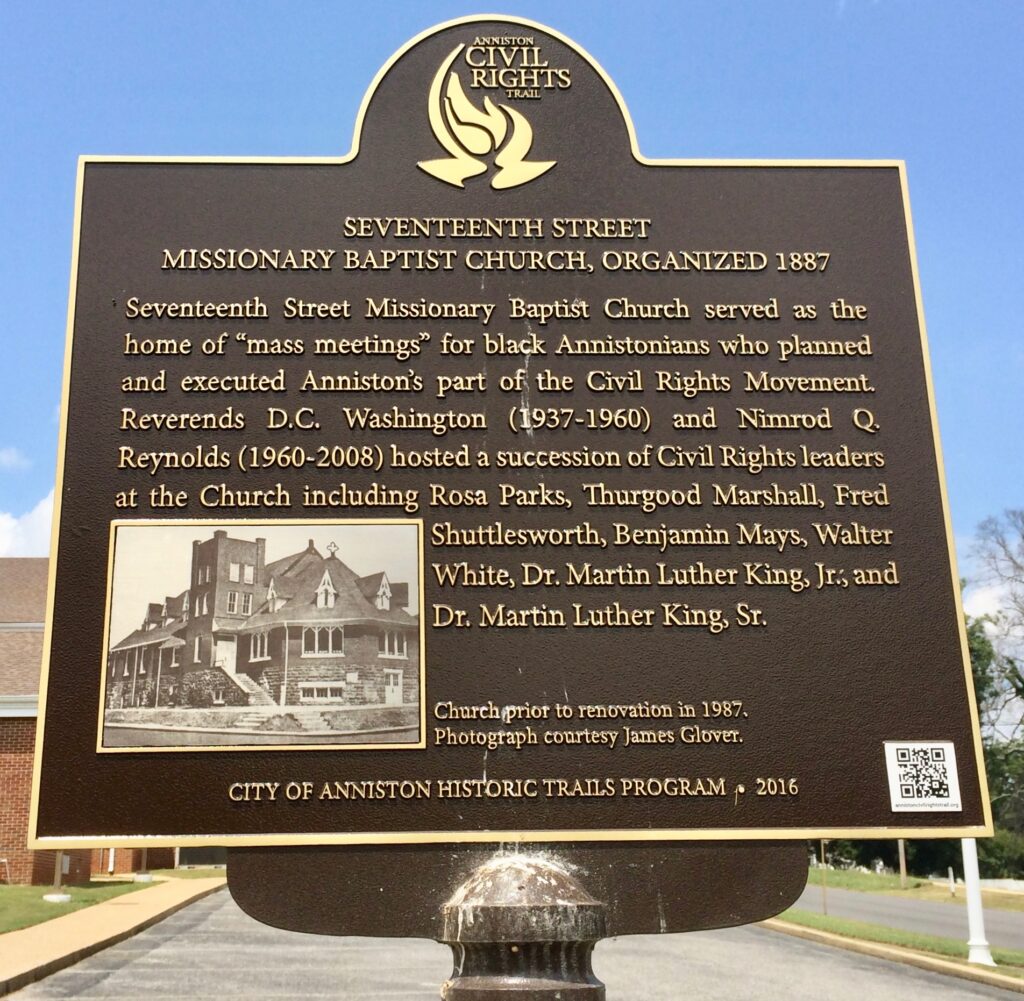
801 17th Street, Anniston, Alabama 36201
(1) Congressional Record, Volume 159 Issue 69 (Thursday, May 16, 2013). (2013, May 16). https://www.govinfo.gov/content/pkg/CREC-2013-05-16/html/CREC-2013-05-16-pt1-PgE676-2.htm

Sign up for our Quarterly Newsletter, upcoming event information, and more! This is the best way to stay informed on the latest news, activities, and happenings throughout the Model City!
Translate
Translate